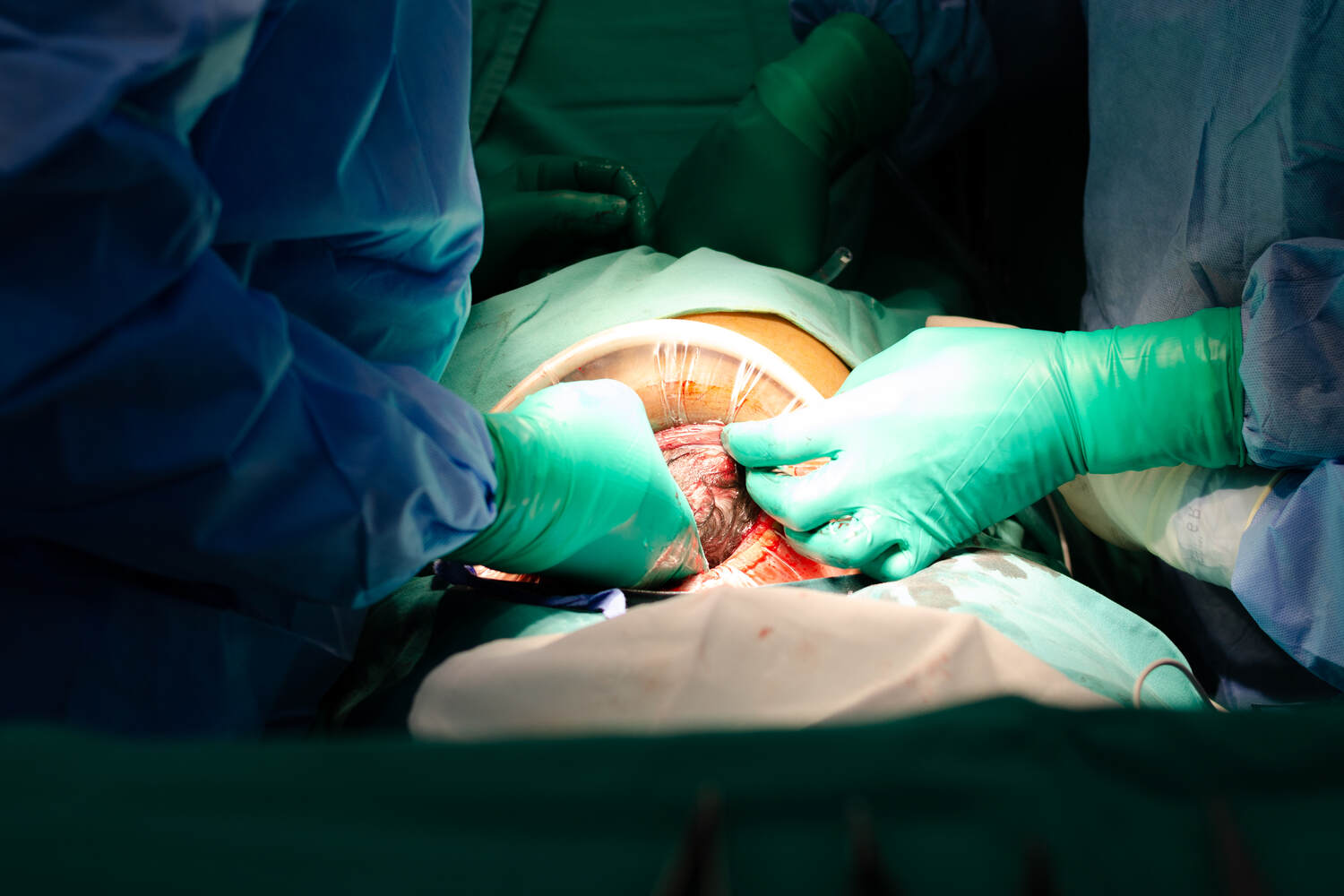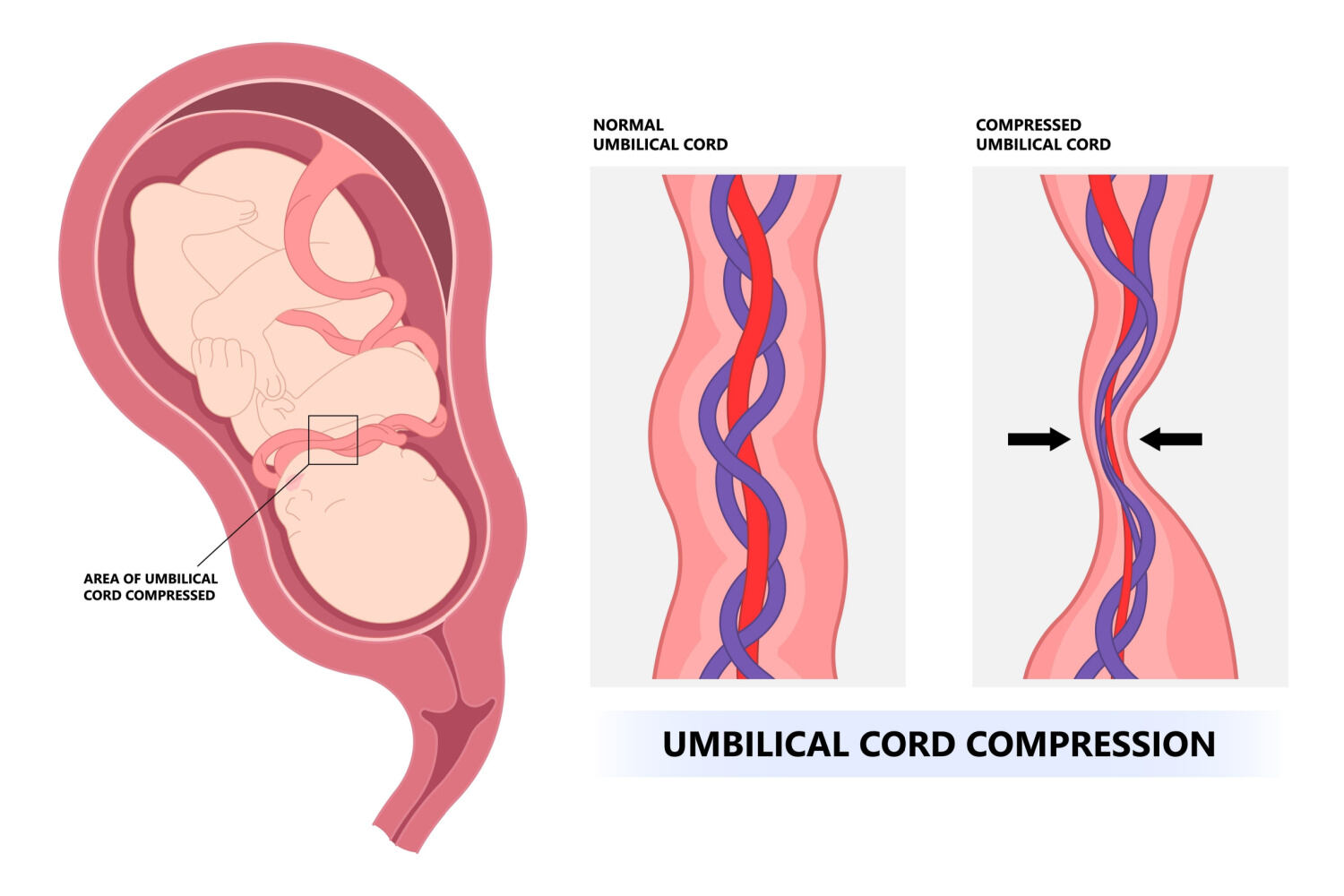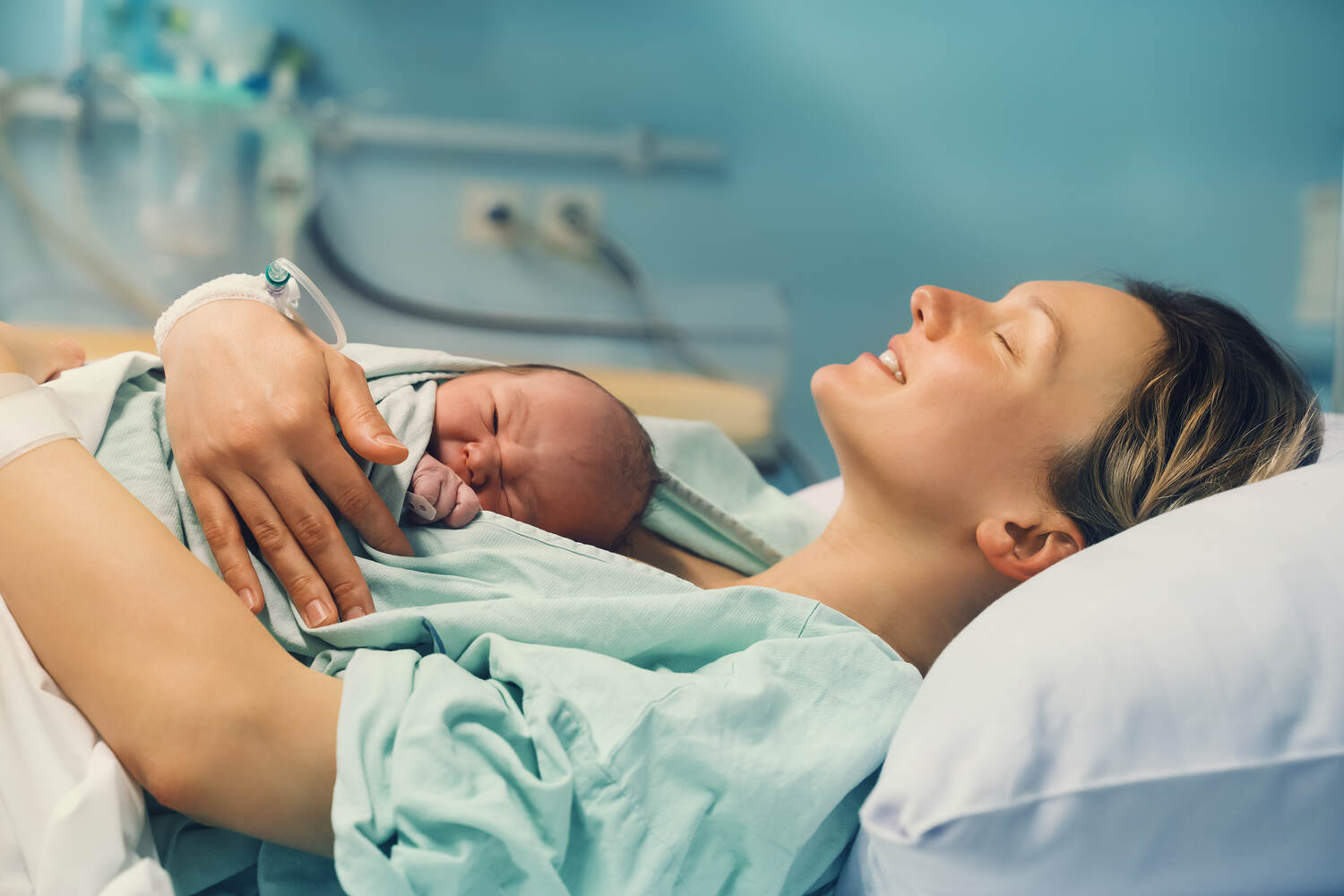
There is no specific number of C-sections a woman can have safely. Cesarean or a C-section is normally carried out in case of an emergency or instances as an elective. The general health of an expectant mother or the arising medical reasons are taken into consideration for a C-section. C-sections are as common as natural labor for many women all over the world. For many women, a C-section may not have been a part of their pregnancy plan but if circumstances demanded it then they must be prepared for it.
A C-section is planned when an expectant mother may be expecting multiple babies, and it is safer to perform a C-section than allowing the expectant mother to have a natural labor with additional complications. A woman can have a vaginal delivery despite having a c-section during her previous pregnancy. A cesarean has saved many mothers and their newborns during high-risk pregnancies and complicated labor. Doctors ensure the safety of both the mother and baby and perform the c-section which may be the need of the hour.
In This Article
- How Safe Are Repeat C-Sections?
- When is a Repeat C-Section Advisable Over a Vaginal Delivery?
- Are There Any Side-Effects of Repeat C-Sections?
- Advantages of Repeat C-Sections
- Things to Consider For Subsequent Pregnancy After a C-Section
- FAQ’s
How Safe Are Repeat C-Sections?
Pregnant women may have to face repeat C-sections during their pregnancies which is a requirement due to impending medical reasons and circumstances. With every C-section, the surgery becomes complicated and risky since the already existing scar tissues can lead to bladder injuries, bowel injuries, and excessive bleeding. Today science combats all the medical challenges and emerges victoriously, however serious the situation or case may be.
C-sections are planned, and the surgical procedure is performed when a natural delivery is not possible or when an emergency arises. Though slightly more risky than a vaginal delivery with a longer recovery period, it is performed for the safety of both your health and that of your baby.
When is a Repeat C-Section Advisable Over a Vaginal Delivery?

A repeat C-Section is advisable over a vaginal delivery if certain medical conditions prevail or due to any arising complications during delivery. For a planned C-section the following conditions are taken into consideration.
- When you are expecting two or more babies, you may require a C-section
- When the placenta is attached to your uterus in a very low position (placenta previa)
- Your baby’s position and presentation is also taken into consideration
- Having a fibroid in the uterus which is large, or a fracture in the pelvic region
- The expectance of a baby with congenital anomalies
- Prolonged labor which causes your cervix to alternately dilate and stop or when your baby’s movements stop
- Compression of the umbilical cord where the umbilical cord is wrapped around your baby’s body or neck or in some instances the cord is caught between the pelvis and the baby.
- When the umbilical cord exits before your baby.
- A situation where the placenta separates from the uterus wall.
It is possible to have a vaginal delivery after a previous c-section, but it is not so the case with everyone. Some factors like a type of uterine incision previously used during your previous c-section may increase the risk of a uterine rupture. Commonly CPD- Cephalopelvic disproportion where your baby’s body or head is very large which hampers a safe pass through your pelvis or even a small pelvis may not allow a normal delivery.
Are There Any Side-Effects of Repeat C-Sections?
Your health and fitness play a major role in repeat c-sections. There are some risks involved with an impending repeat cesarean. With every cesarean section there may be an increased risk, so you need a planned c-section for future pregnancies.
- It is more difficult and longer than a repeat cesarean tissue scar.
- There is a possibility of an infection in the wounds and blood transfusion.
- There is a greater risk of the development of thrombosis in the lungs or legs.
- Possibility of longer recovery period.
- There is a higher risk of placenta growing into the scar so it may be difficult to remove during future deliveries resulting in bleeding requiring a hysterectomy.
- In some cases, the baby’s skin may be cut during your c-section.
- A common occurrence is breathing problems in your baby, but this may not last long.
Advantages of Repeat C-Sections

A panned C-section is a definite possibility in future pregnancies when you have previously had a C-section. Believe it, but it is still possible to have a vaginal delivery even after C-sections (VBAC). A repeat C-section is planned, and a normal elective repeat cesarean section is done after 39 weeks of pregnancy. Here are a few advantages of having repeat C-sections
- A C-section carries a smaller percentage of a uterine scar rupture risk.
- Helps avoid risks involved in labor and other rare risks that may happen to your baby.
- A certainty of the date of delivery is there in a planned delivery for a c-section although there is a possibility of some women going into labor before the set date.
Things to Consider For Subsequent Pregnancy After a C-Section
Getting pregnant very early after a c-section has its fair share of risks because it has the impending possibility of a Uterine Rupture. Your age, and complications present in your previous cesarean section and your body’s healing process contribute to a healthy pregnancy and safe delivery. Talk to your doctor before your conception and remember to focus on the following points.
- Safe waiting period after the surgery
- Age factor
- Overall health
- Emotional readiness
- Reasons for the previous C-section
- Complications during your previous cesarean
- The horizontal or vertical incision during your previous c-section
Women who have had a history of a C-section delivery need to discuss their options with their obstetrician since they may be in a dilemma when it comes to their next pregnancy about a vaginal delivery or a C- section. First, you need to wait at least six months before your next pregnancy after a C-section. Deciding how you can deliver your next baby is a complex decision and your doctor will walk you through your doubts regarding your future pregnancy plan.
FAQ’s
1. Do Repeat C-Sections Take Longer?
A repeat section usually takes longer, and it is more difficult than the first c-section because of scar tissue. There is a possibility of having a blood transfusion and wound infection.
2. Which Week is Best for 2nd C-Section?
After 39 weeks of pregnancy is recommended for a second c-section. Generally, you need to wait for six months before your second pregnancy after a C-section.

